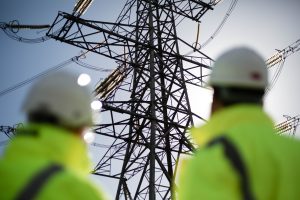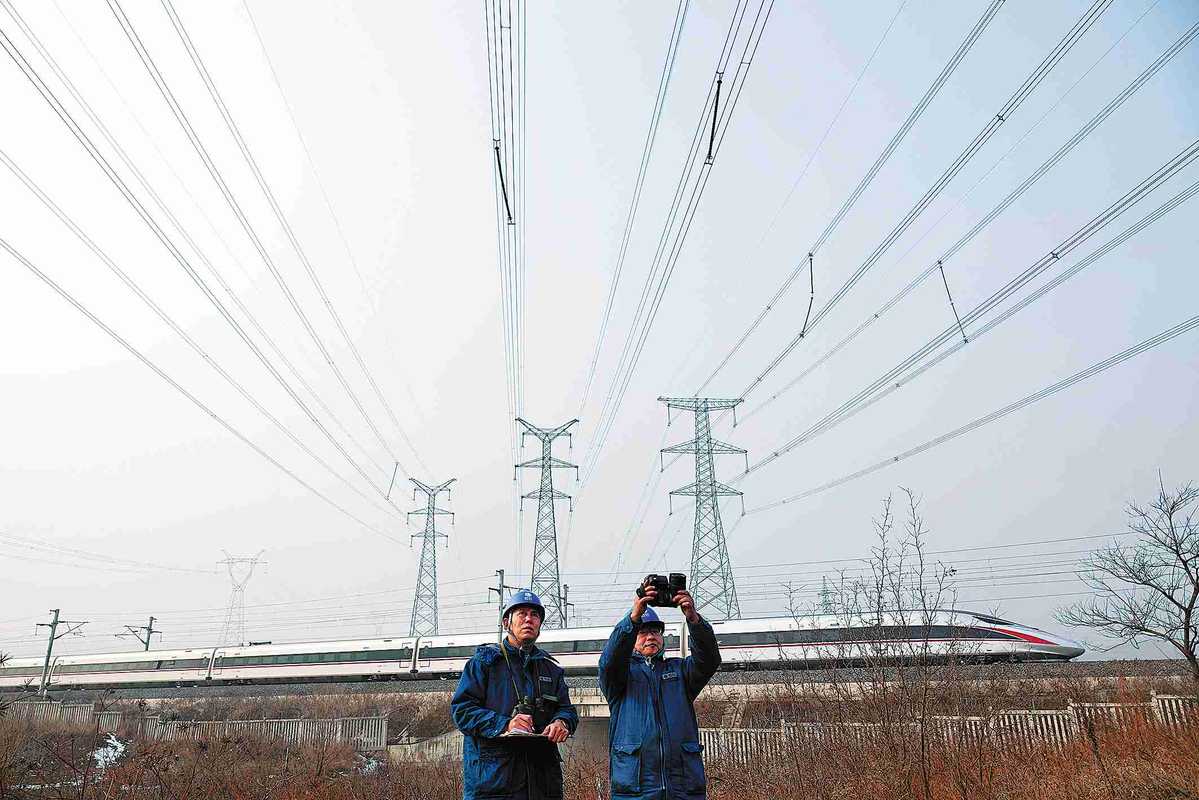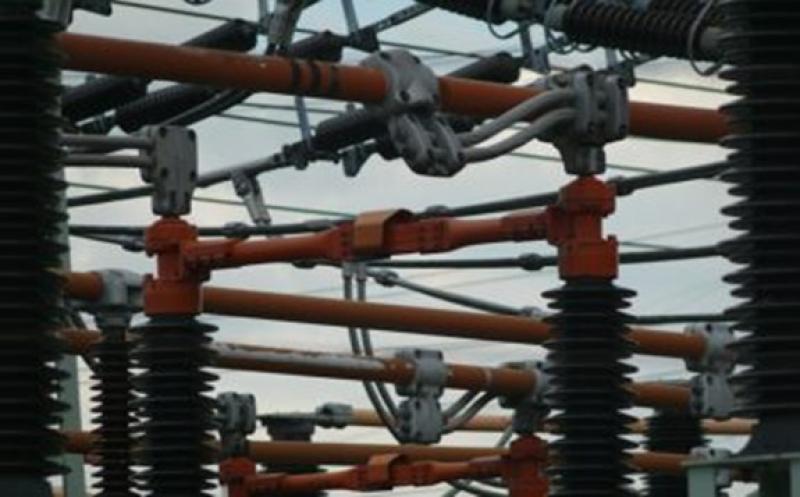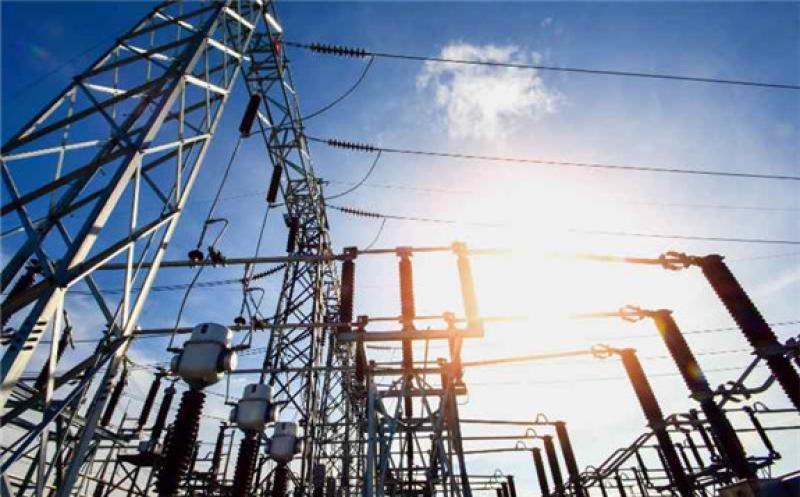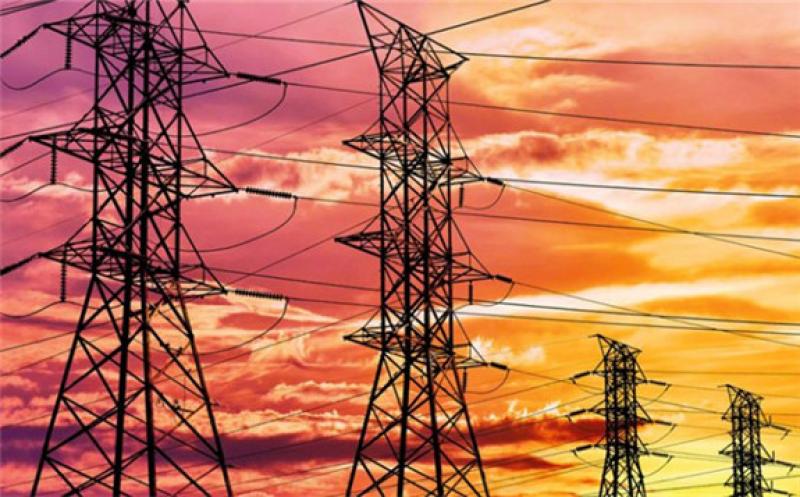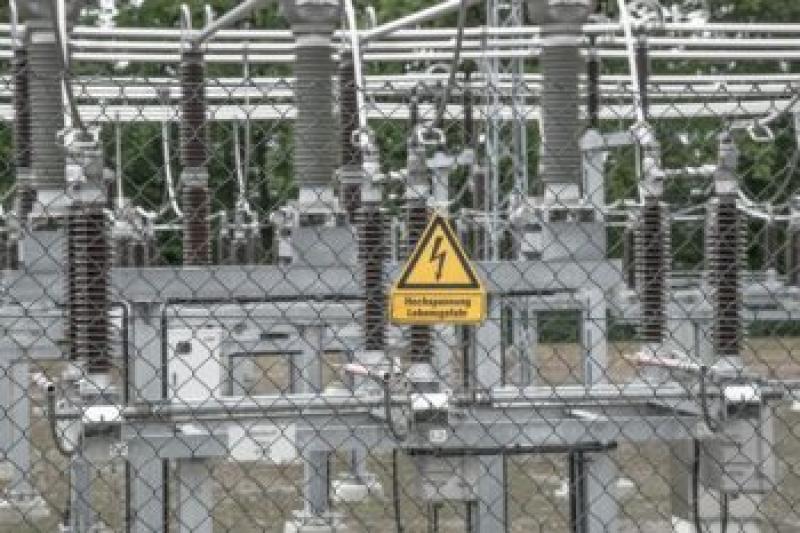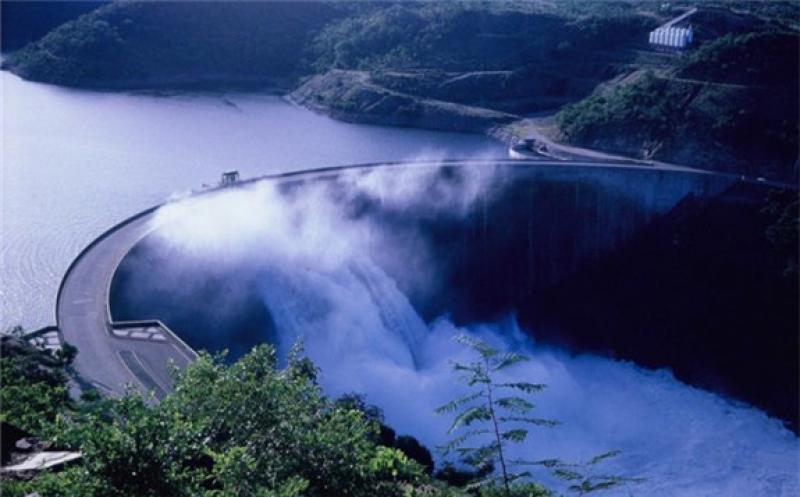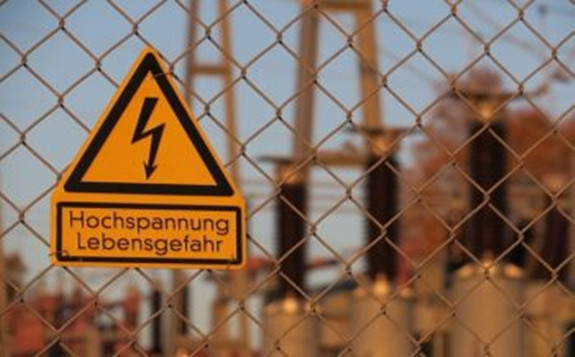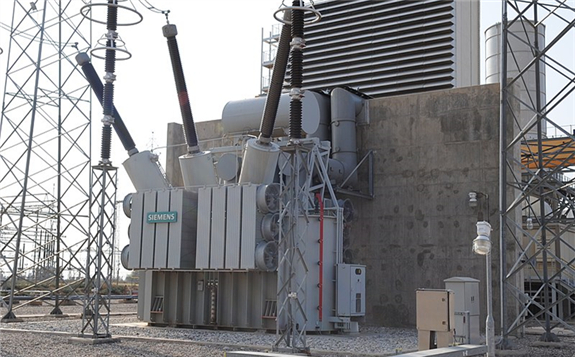
A consortium led by Siemens Gas and Power (Siemens Energy) has secured a turnkey contract from Ariadne Interconnection for converter stations in Greece.
Greece’s power transmission operator IPTO owns Ariadne, which issued the engineering, procurement and construction (EPC) contract. The deal begins construction of two converter stations for the Greek high-voltage direct-current (HVDC) link to connect Greece’s island Crete with the mainland of the country.
For the project work, Siemens will work in consortium with a construction company in Greece, Terna.
The contract will involve design, supply and installation of a 1,000MW converter system at a direct-current voltage of ± 500 kilovolts.
Additionally, it will comprise a gas-insulated switchgear (GIS) substation on Crete. This includes ten-year service contracts for the GIS, and Control and Protection systems of both the HVDC stations.
One converter station is located in the Attica region near Athens and the other near Damasta in the north of Crete. They will be connected by a 330km-long direct-current (DC) power cable.
Terna will be responsible for the HV distribution systems, all civil works and the erection of all equipment of the HVDC project.
The project will enable an exchange of electricity of up to 1,000MW to improve the power supply reliability and facilitate integration of renewable energy sources in the power grid.
Siemens Energy Transmission Division CEO Beatrix Natter said: “The Attica-Crete interconnector is another example of the added-value that Siemens Energy can offer customers to advance the global energy transition.
“I’m very proud that our proven state-of-the-art HVDC technology will enable an increased integration of renewable energy, reduce reliance on fossil fuel, and enhance grid security.”
Commissioning of the interconnector is scheduled to take place during mid-2023. Total order volume for the consortium is €370m.
The interconnector, which will facilitate the transmission of energy from renewable resources generated on the Greek mainland to the island, will reduce carbon emissions by 500,000t in its first full year of operation.
Both of them will use HVDC Plus voltage-sourced converters in a modular multilevel converter arrangement (VSC-MMC). These will convert alternating current (AC) to DC and DC back to AC on the other side of the link.
